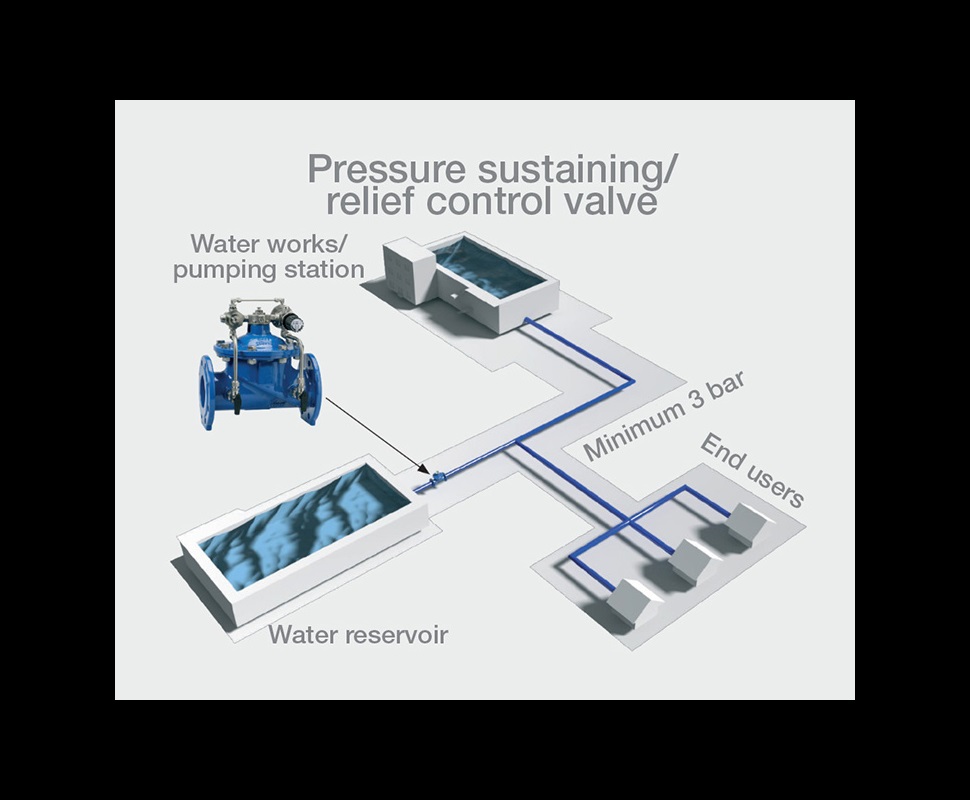Vital Aspects to Think About When Choosing Control Valves
Vital Aspects to Think About When Choosing Control Valves
Blog Article

Maximize Power Financial Savings and Convenience With Advanced Building Automation Controls
In the world of contemporary style and center monitoring, the integration of sophisticated structure automation regulates stands as an essential innovation. By utilizing the power of automation, buildings can adjust, react, and evolve in means that were once unthinkable.
Power Efficiency Perks
Energy efficiency benefits can dramatically reduce energy consumption and functional expenses in buildings. Energy-efficient systems, such as sophisticated structure automation controls, can maximize the usage of sources like cooling, lighting, and home heating, leading to lower energy expenses over time.
Furthermore, enhanced power effectiveness can prolong the life expectancy of building tools and systems. By running a lot more successfully, a/c systems, lighting fixture, and various other building parts experience much less damage, leading to reduced upkeep and replacement prices. In addition, energy-efficient structures commonly command greater home values and rental rates, supplying long-lasting monetary advantages to owners.
In addition, energy efficiency can enhance owner comfort and performance. Correctly managed indoor settings with optimal lighting and thermal problems develop a more favorable and enjoyable workspace, causing boosted employee fulfillment and efficiency. In general, the power effectiveness advantages connected with innovative building automation controls are multifaceted, incorporating price savings, environmental stewardship, and passenger well-being.
Improved Convenience Control
Enhancing convenience control in structure settings requires a sophisticated assimilation of innovative automation systems for ideal passenger well-being. By using advanced building automation controls, centers can customize the interior environment to satisfy the particular needs and choices of passengers. control valves.
By integrating these innovative controls, buildings can not only enhance convenience however additionally enhance energy performance by enhancing system procedures based on real tenancy and use patterns. Inevitably, prioritizing occupant comfort through innovative automation systems leads to a much more pleasurable and much healthier interior environment.
Functional Performance Improvements

Moreover, the implementation of real-time monitoring and analytics devices makes it possible for building drivers to recognize energy ineffectiveness and functional anomalies quickly. By continually keeping an eye on energy usage patterns and system efficiency metrics, changes can be made in real-time to enhance power consumption and make certain peak operational efficiency. control valves. Furthermore, including need action strategies into structure automation controls can better boost his response functional efficiency by dynamically changing energy use based upon grid problems and rates signals
Indoor Climate Optimization
Efficient indoor climate optimization is an essential facet of building automation controls, guaranteeing occupants' convenience and wellness while making best use of power financial savings. By utilizing sophisticated sensors and controls, developing automation systems can continually check and adjust temperature, moisture levels, air top quality, and air flow to create an optimal indoor environment. Keeping comfy and regular problems not only improves occupant satisfaction but likewise enhances efficiency and general wellness.
Indoor environment optimization additionally plays a crucial duty in power effectiveness. By fine-tuning ventilation, heating, and cooling systems based on real-time data and that site tenancy patterns, constructing automation controls can dramatically decrease energy usage - control valves. For example, implementing methods such as demand-controlled ventilation and thermal zoning can help reduce power waste while making certain that each location of the building gets the required conditioning.

Sustainable Environment Creation
Structure automation controls not only maximize interior environment problems for energy performance and occupant comfort but likewise lay the structure for producing a sustainable environment through calculated management of sources and systems. By integrating advanced structure automation modern technologies, such as sensors, actuators, and smart software application, facilities can monitor and change power use in best site real-time to decrease waste and lower their carbon impact. These systems allow anticipating maintenance, determining potential problems before they rise and optimizing tools efficiency to boost durability and efficiency.
Furthermore, lasting environment development prolongs past power administration to include water preservation, waste decrease, and interior air top quality improvement. Building automation controls can manage water use, discover leakages, and guarantee proper waste disposal practices, adding to general sustainability efforts. Additionally, by controlling and checking air flow and purification systems, these modern technologies enhance passenger health and wellness and productivity while decreasing energy usage connected with cooling and heating procedures.
Verdict
To conclude, advanced building automation regulates deal considerable benefits in regards to energy cost savings, convenience control, functional effectiveness, interior environment optimization, and developing a sustainable atmosphere. By carrying out these controls, buildings can attain optimum efficiency while decreasing energy consumption and enhancing occupant convenience. It appears that using advanced automation innovation is essential in improving building performance and producing a much more lasting future.
Energy effectiveness advantages can significantly reduce power intake and functional prices in structures. On the whole, the power performance advantages associated with sophisticated building automation controls are diverse, encompassing expense savings, ecological stewardship, and owner health.
In addition, integrating demand response methods into structure automation controls can even more improve functional performance by dynamically adjusting energy use based on grid conditions and rates signals.
Building automation regulates not only optimize indoor climate conditions for power efficiency and resident convenience yet likewise lay the foundation for developing a sustainable environment via tactical administration of sources and systems.In verdict, progressed structure automation regulates deal considerable benefits in terms of power cost savings, convenience control, functional efficiency, indoor climate optimization, and creating a sustainable atmosphere.
Report this page